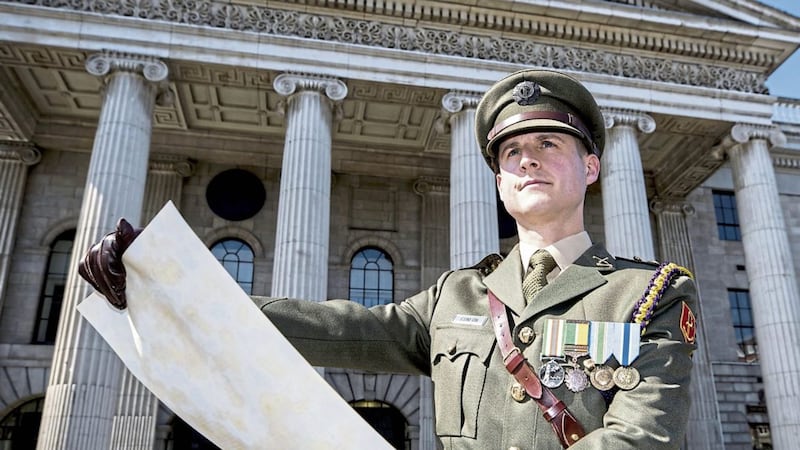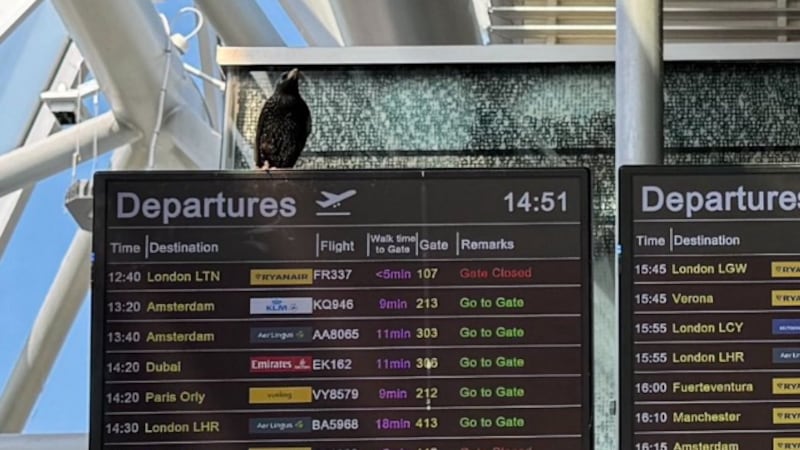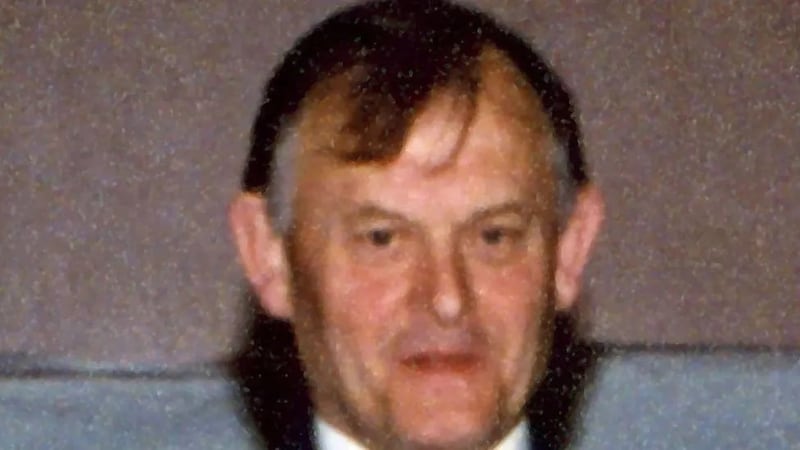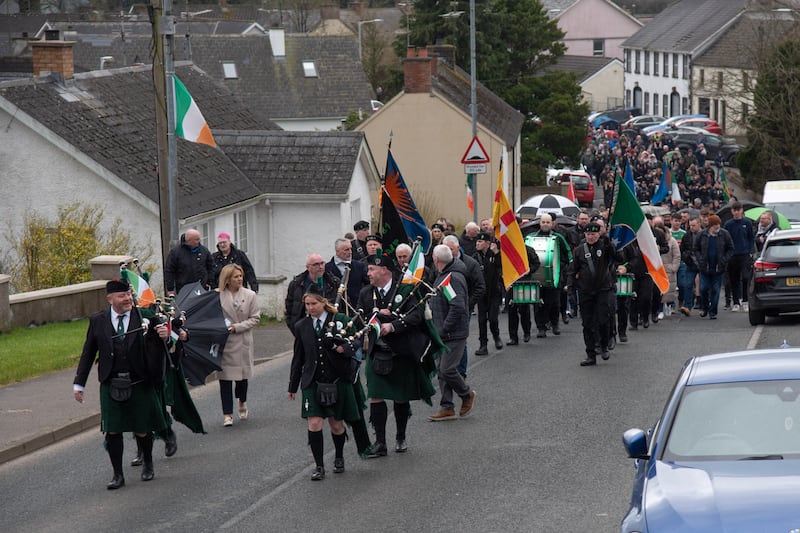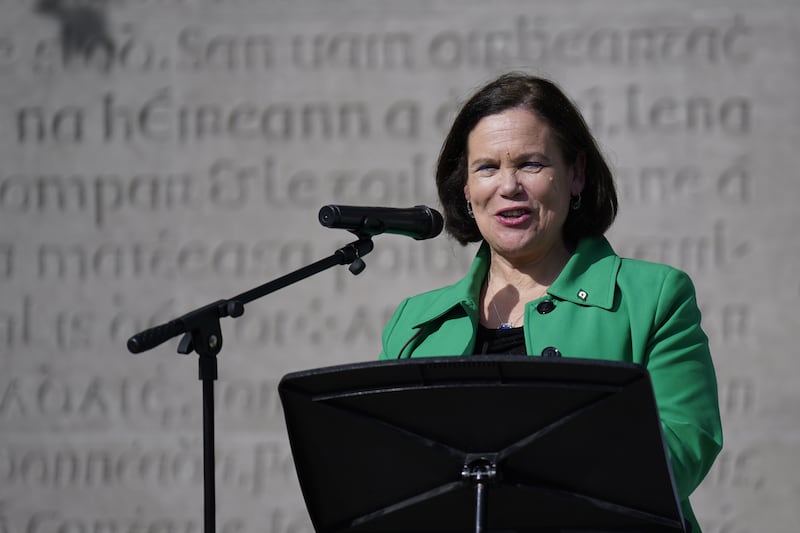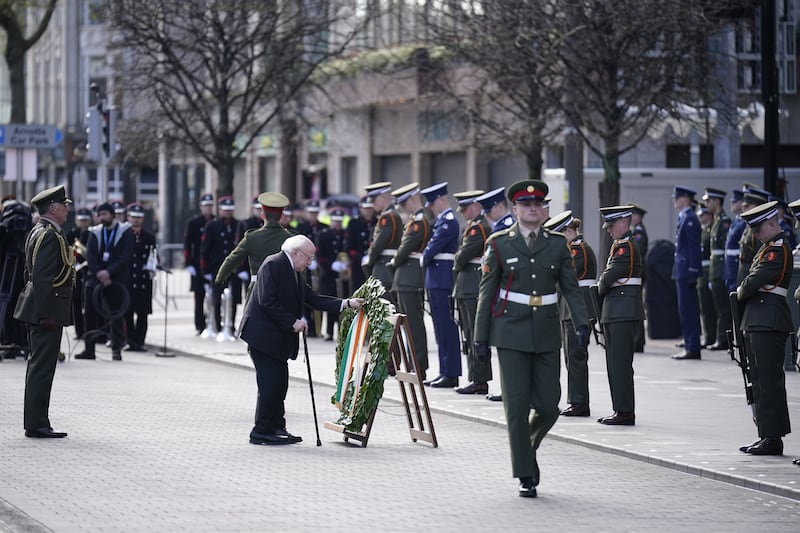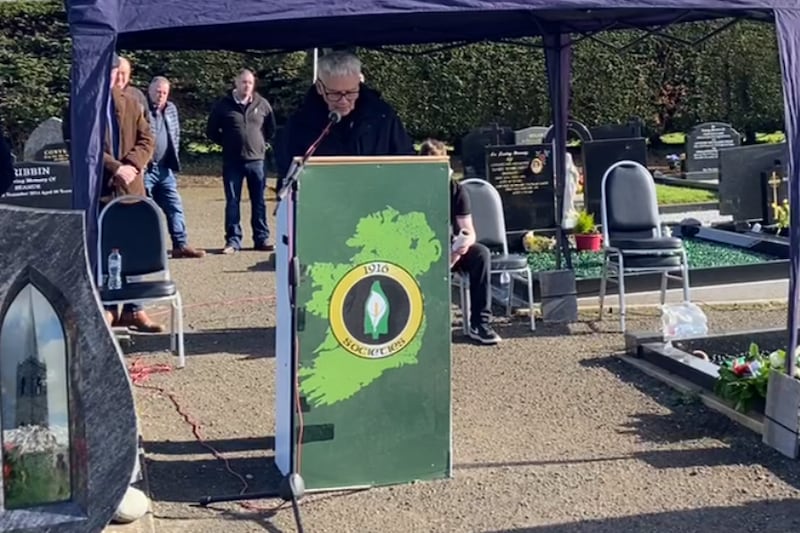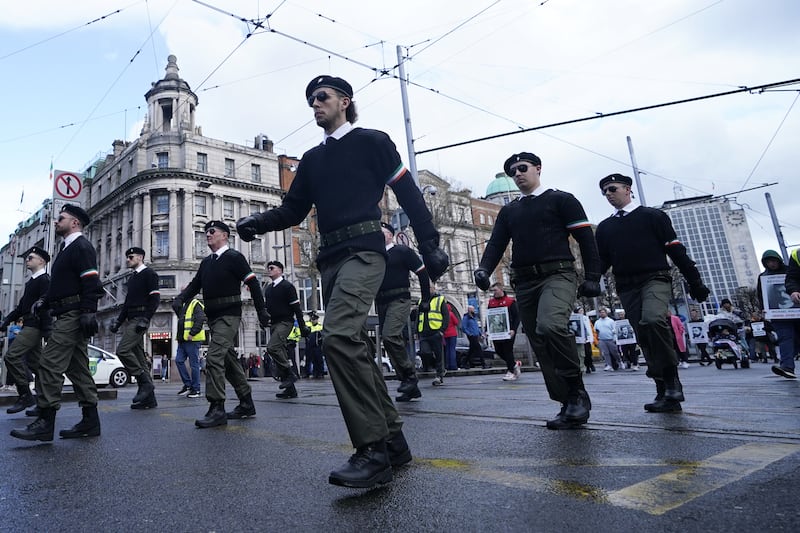President Michael D Higgins has led a commemoration to mark the 103rd anniversary of the Easter Rising in Dublin.
He was joined by Taoiseach Leo Varadkar and defence minister Paul Kehoe at the state ceremony outside the GPO on O’Connell Street, the landmark building that served as the headquarters of the 1916 rebels.
Members of the Irish Defence Forces including representatives from the army, air corps and navy also took part in the commemorations.
The event began with the lowering of the Irish tricolour.
A prayer was read and a piper played a lament before the Proclamation of Independence was read by a Defence Forces officer.
Mr Higgins laid a wreath to commemorate all those who died in 1916.
A minute’s silence was also held.
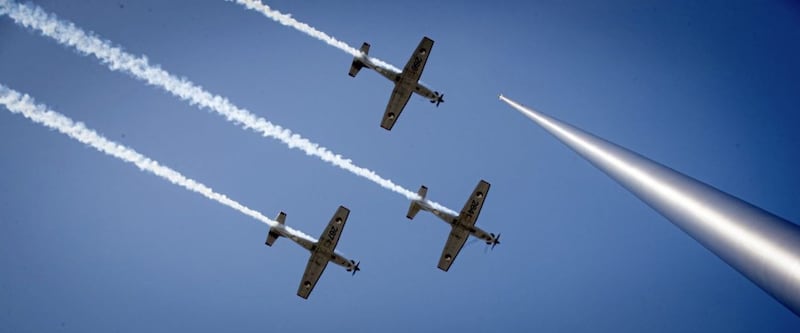
The official ceremony concluded with the raising of the tricolour, the playing of Amhrán na bhFiann and a fly-past by the Irish Air Corps.
Culture minister Josepha Madigan led a remembrance ceremony at Glasnevin Cemetery in Dublin for all those who died in the rebellion.
The centrepiece of the event was the raising of the tricolour by members of the Irish Defence Forces and the national anthem being played by a lone piper.
Ms Madigan laid a wreath at Sigerson Monument.
READ MORE:
- Mary Lou McDonald calls for joint Irish-British rule if Stormont impasse continues
- Provisional IRA's infamous 'D' Company unit hold Easter Rising parade along Falls Road
Laurel wreaths were also laid at the graves of Edward Hollywood, the man who delivered the first tricolour flag to Ireland from France, and Peadar Kearney, the composer of the national anthem.
Ms Madigan was joined by Counsellor Catherine Page from the British Embassy, Brigadier General Howard Berney, members of the Irish Defence Forces, and Ambassador Stephane Crouzat on behalf of the French Embassy in Ireland.
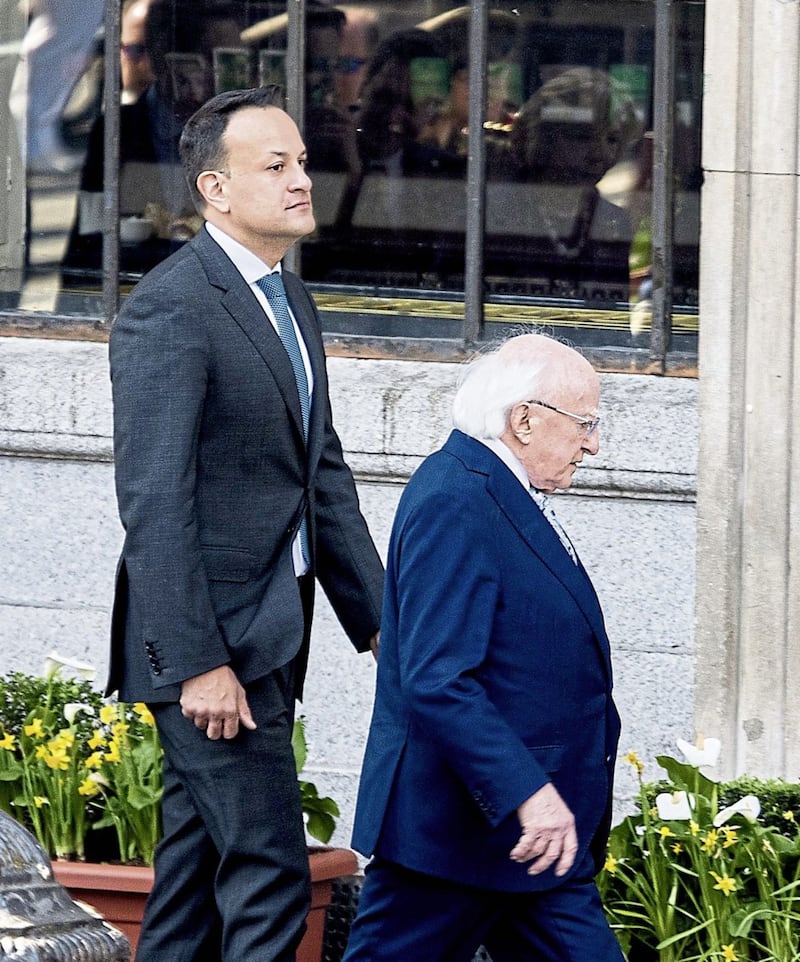
A relative of Peadar Kearney’s, Ciara Considine, sang the anthem.
“Over the past 187 years, people have gathered here in Glasnevin Cemetery to mark the passing of one and a half million individuals,” Ms Madigan said.
“The cemetery has been a place for solemn and significant occasions, commemorations and the burial place of key persons in Irish history.
“The sacrifice of those who died for Irish freedom is acknowledged and perhaps better understood today and the legacy of 1916 has passed on to new generations and informed and guided our path to independence and the first 100 years of the latest chapter in Ireland’s history.”
John Green, chairman of Glasnevin Trust, said: “It’s hugely important that we continue to remember the young men and women who perished Easter week 1916.
“It’s remembrance days like these at Glasnevin Cemetery, where so many men and women of the Easter Rising of 1916 are buried, that allow us the chance to reflect on our history as a nation.
“It’s a privilege for us to honour both those who lost their lives in 1916, as well as the Irish citizens that contributed in different ways like Peader Kearney and Edward Hollywood.”
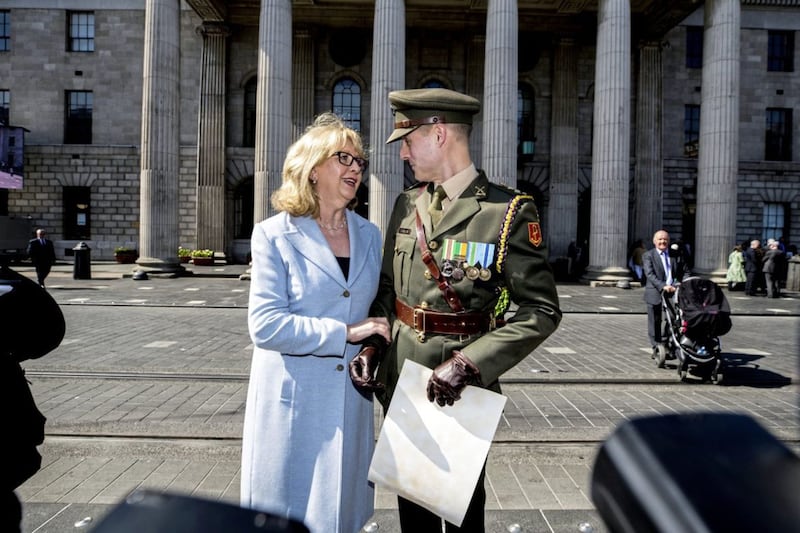
A granite memorial incorporating the names of all those who died in the Rising, including rebellion leaders and British soldiers, was unveiled in Glasnevin as part of the centenary commemorations in 2016.
Almost 500 people were killed in the uprising, the majority of them – 268 – were civilians caught up in the violence. A total of 119 British soldiers died.
